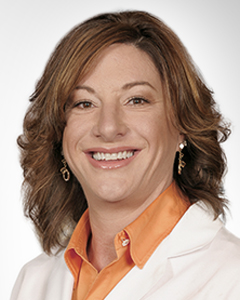It’s common knowledge that cancer treatments like chemotherapy and radiation therapy can affect a woman’s fertility, but a new study indicates that a specific type of cancer treatment may in fact help some women grow new eggs.
The study, published in the journal Human Reproduction, found that women who were treated with the combination chemotherapy drug, ABVD, had an increased number of young eggs in their ovaries after treatment.
The study included a small sample size. Researchers analyzed tissue samples from 14 women who had undergone chemotherapy and 12 healthy women. Eight of the patients, who had undergone chemotherapy with ABVD for Hodgkin’s Lymphoma, had a higher rate of immature eggs and had healthy tissue similar to tissue you’d find in a young woman’s ovaries. Researchers also found that these women had between four and 10 times the number of eggs as healthy women of a similar age or women who had undergone a different type of chemotherapy.
Researchers think ABVD may spark stem cells in the ovaries to produce new follicles, which are structures in the body that each produce one egg.
“I think it’s a pretty big deal. It is the first time that we have ever been able to see new follicles being formed within the ovary, and it may only be a small number of women, but it is significant that the same effect was seen in all of the women on ABVD. The outcome may be significant and far-reaching,” said Evelyn Telfer, a professor at the University of Edinburgh's School of Biological Sciences and the study’s lead author.
However, it’s important to put these results in context. For one, the study included a very small group — 14 women. As the researchers themselves said, they only analyzed a small number of biopsies and their results indicate that the density of egg-producing follicles either can increase or decrease following chemotherapy, depending on the type of treatment. Further research is needed to understand the reasons for the increase in immature egg production in women who have been treated with ABVD, as researchers plan to look at each of the four components that make up the drug — adriamycin, bleomycin, vinblastine and dacarbazine — to understand how each may play a role in increased egg production. However, the sample size of this study is just too small to definitively say that women who undergo this kind of treatment can boost their odds of fertility.
Still, this study is a small step in the right direction: finding a way to reduce infertility rates for women after cancer treatment. If we can modify chemotherapy drugs to increase fertility — without affecting health outcomes — that would be a huge win for patients and how we approach cancer.





